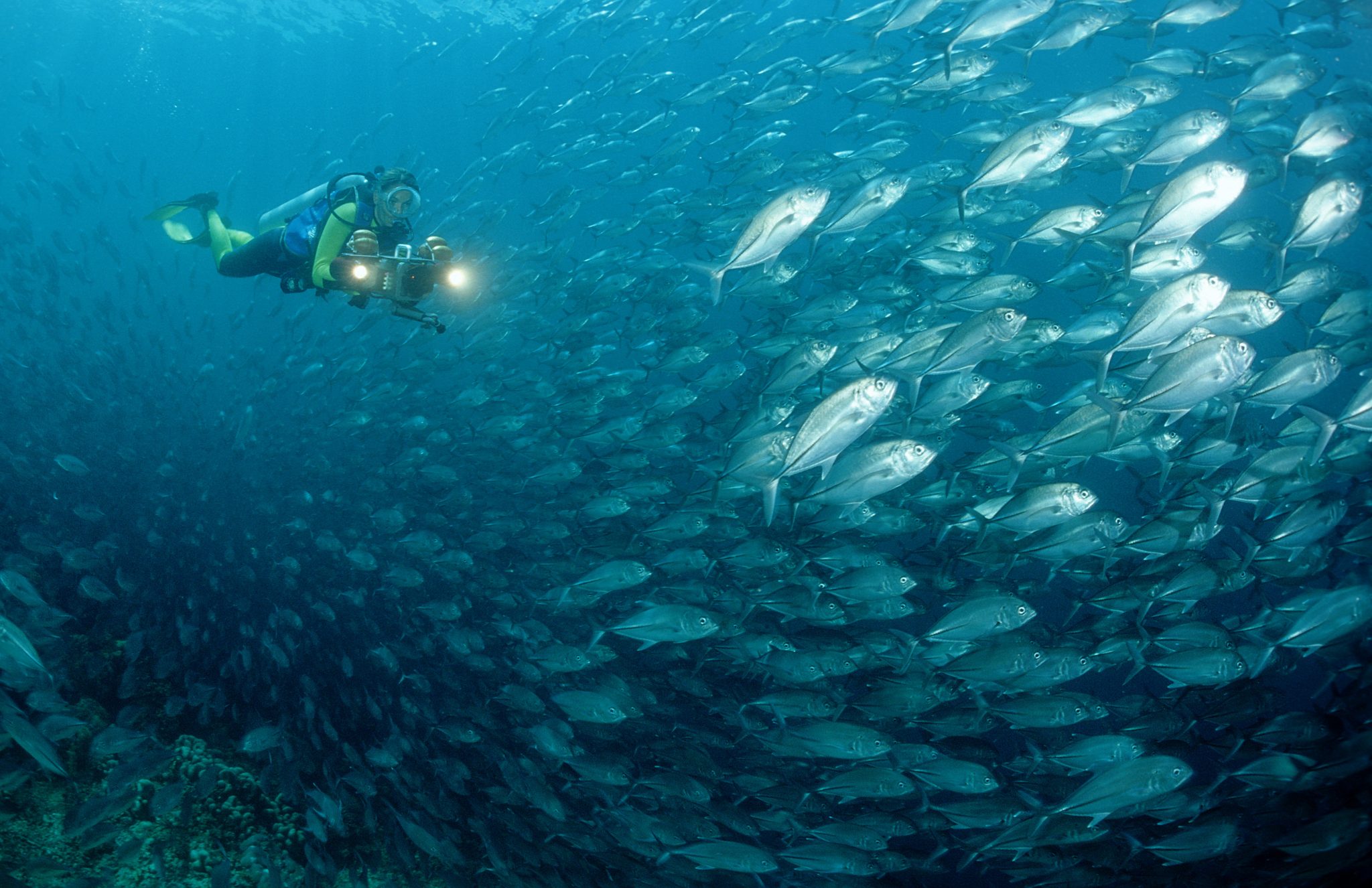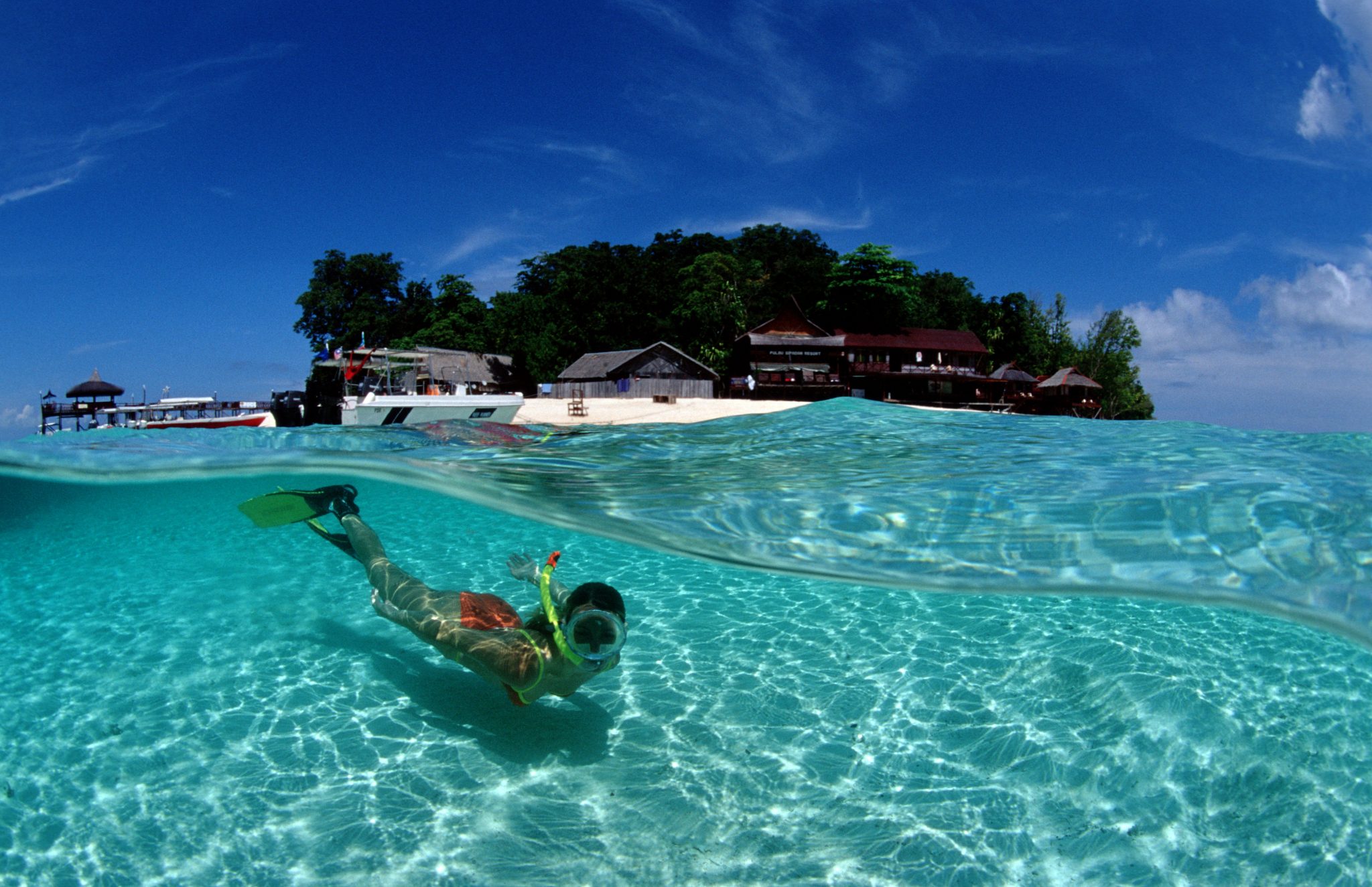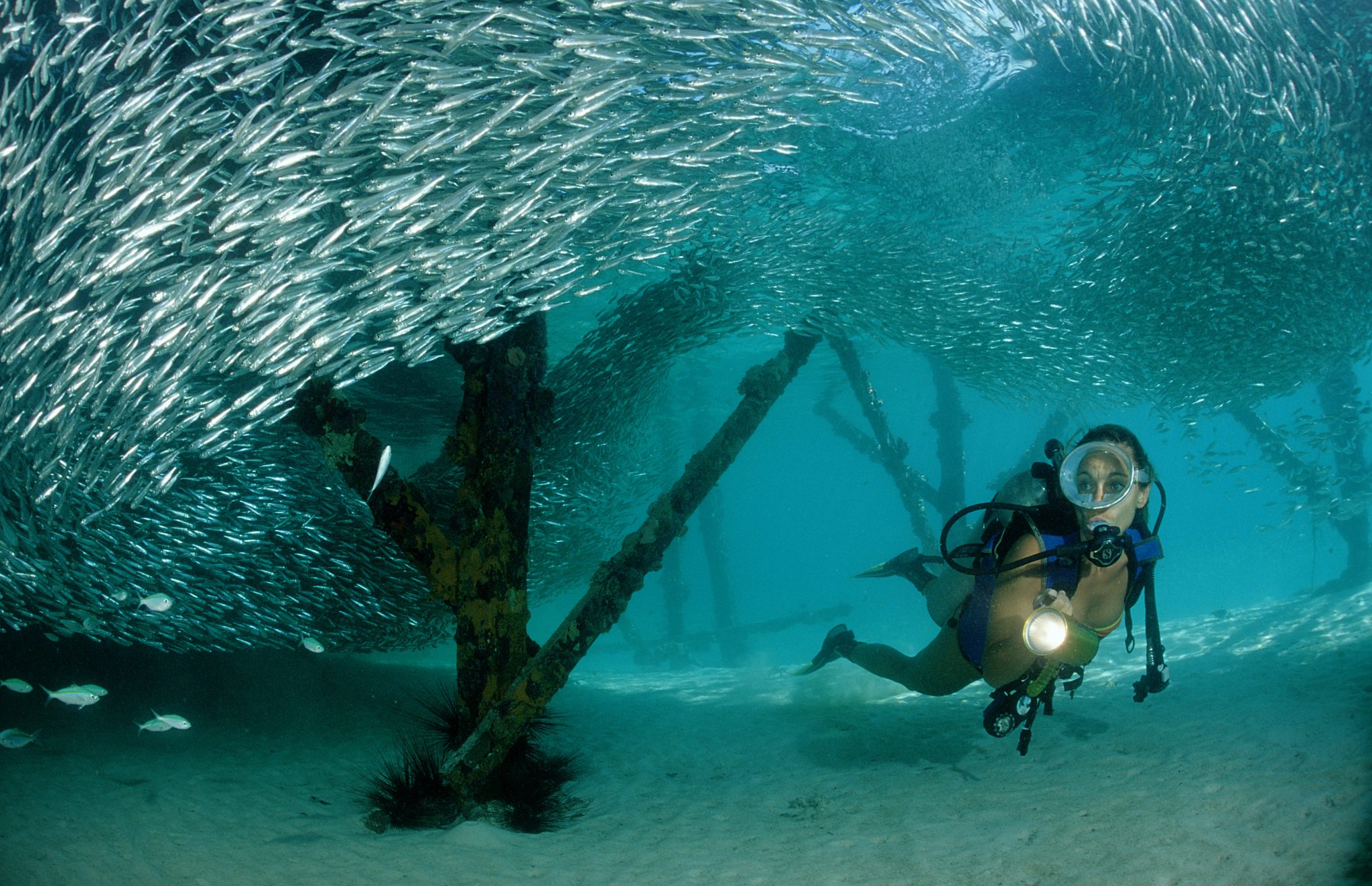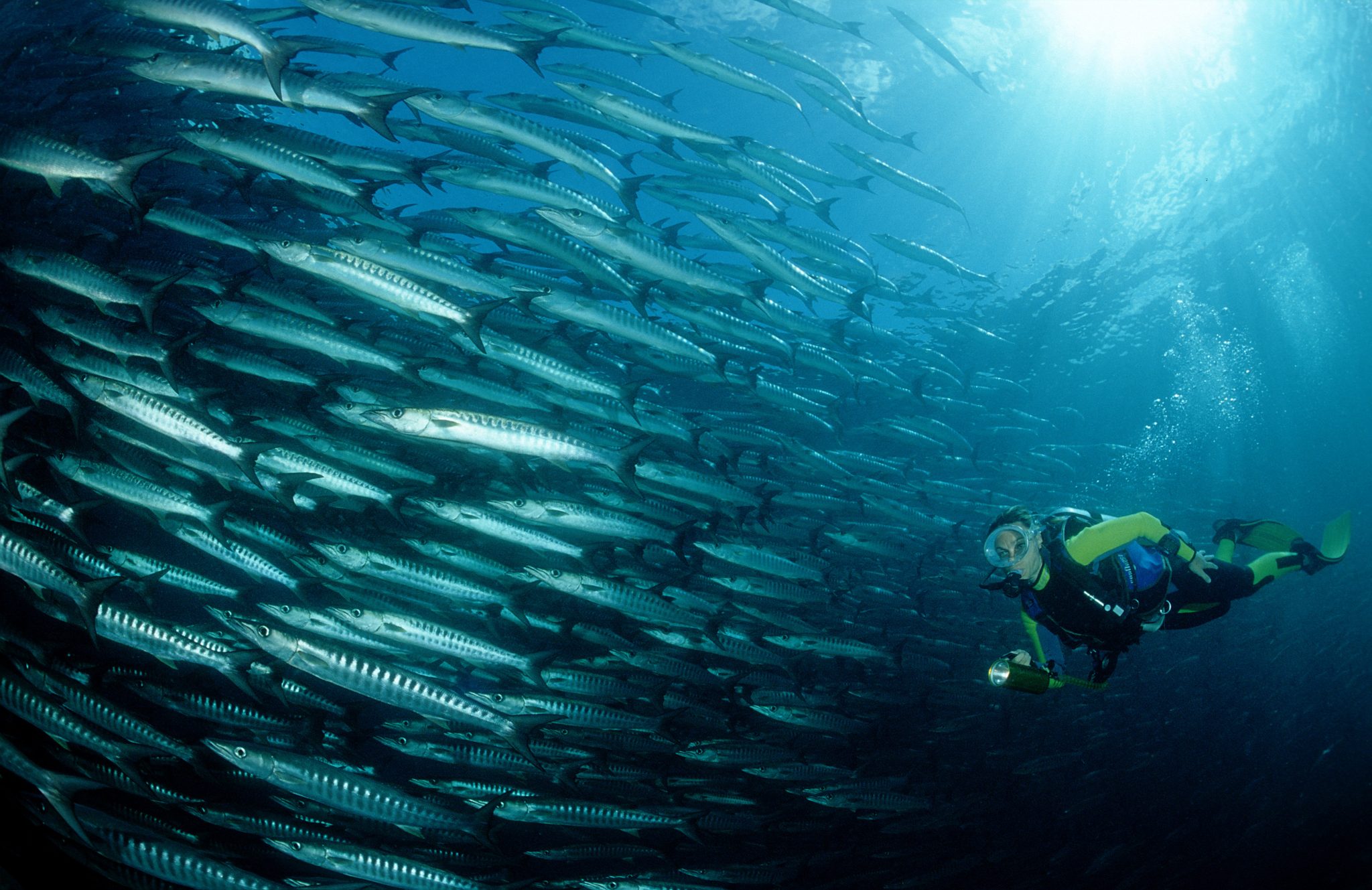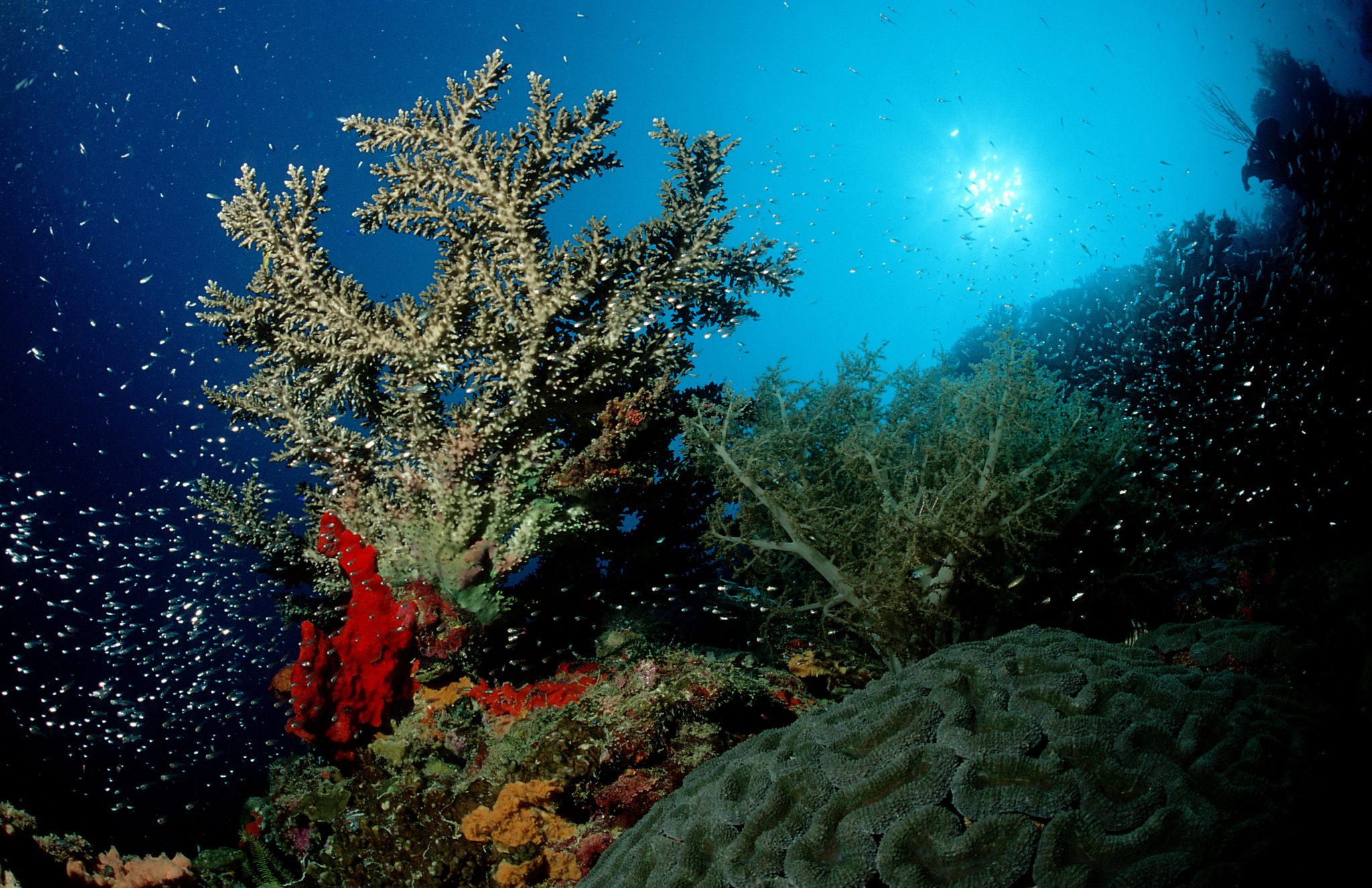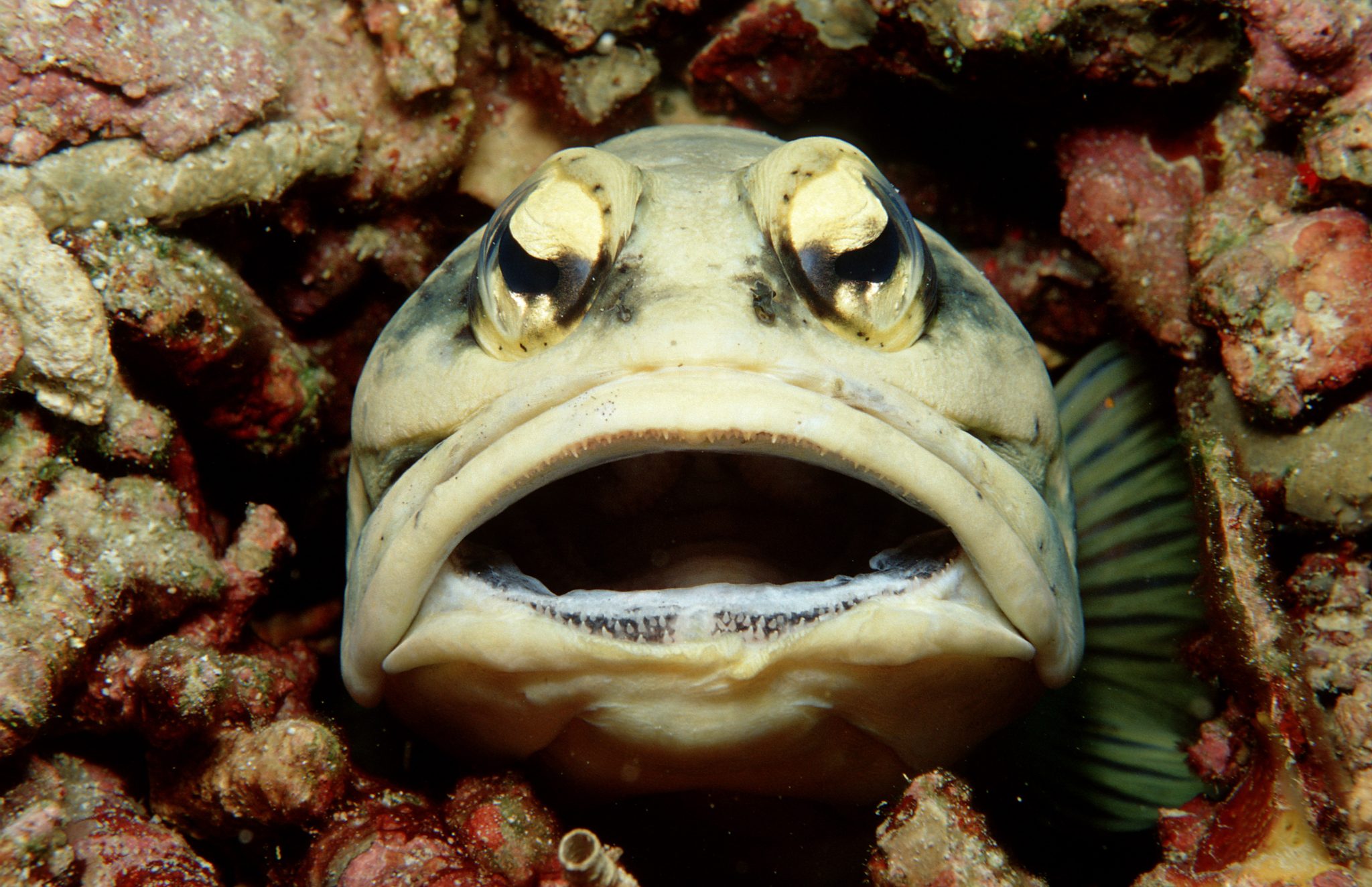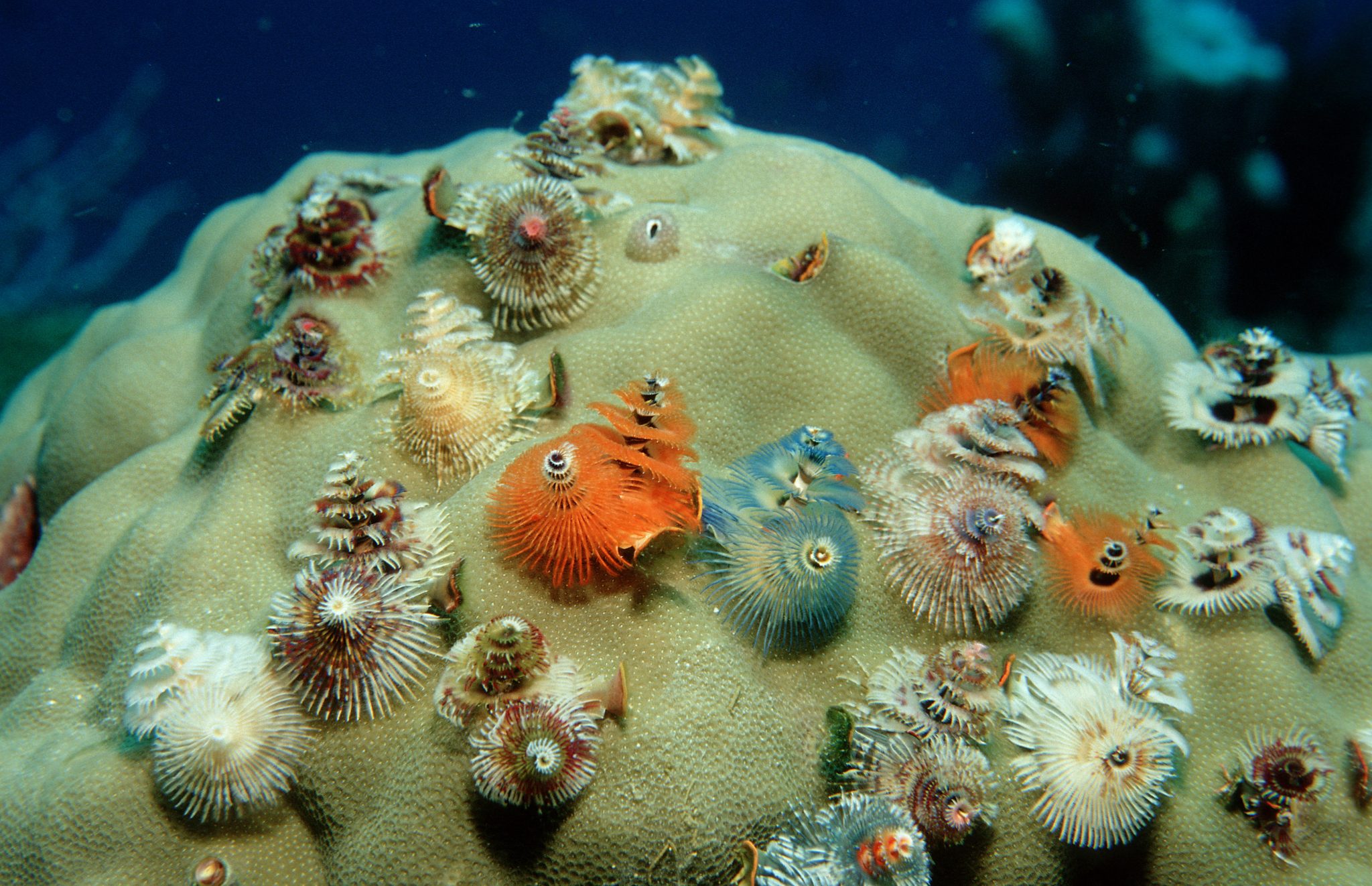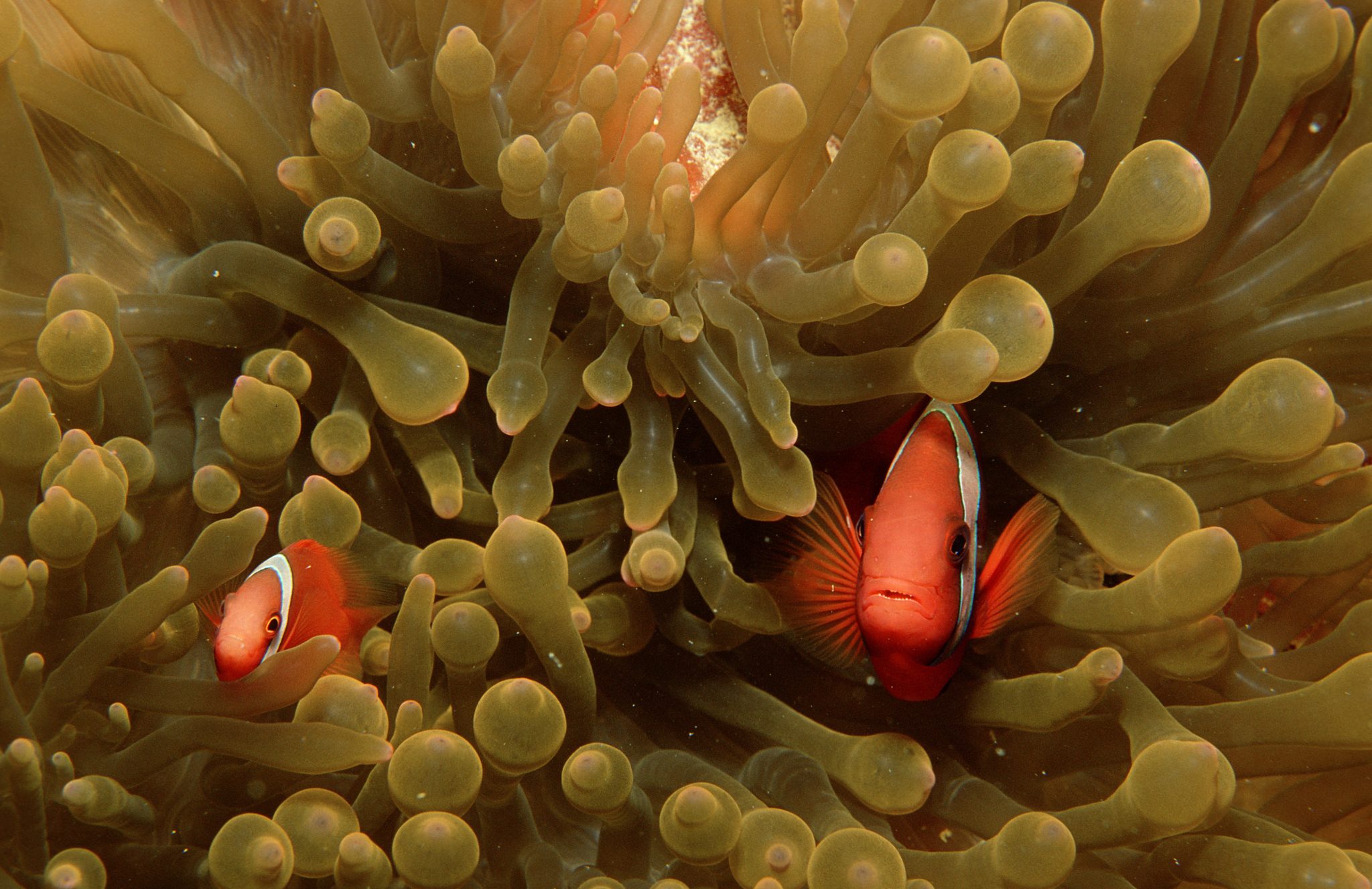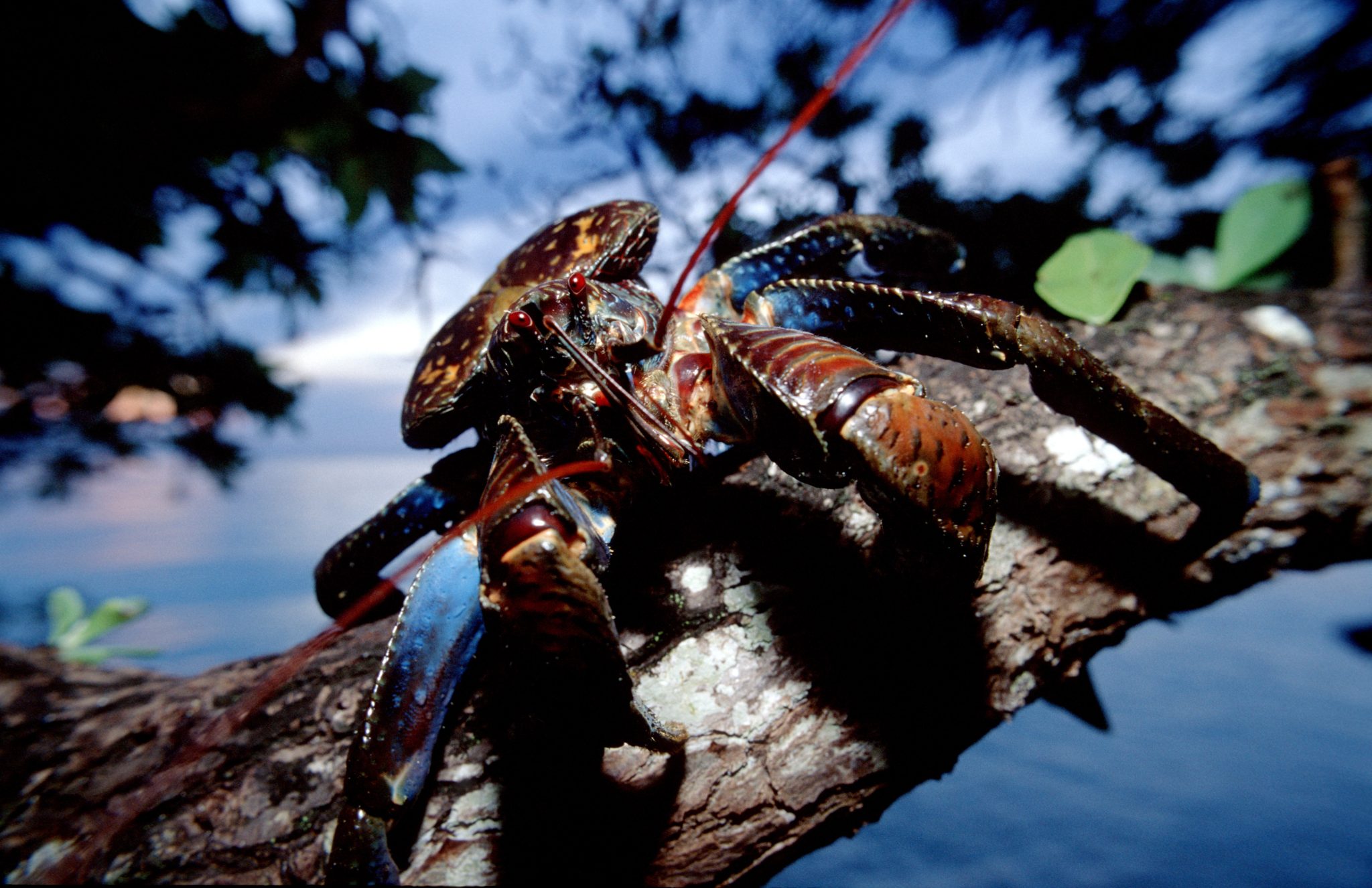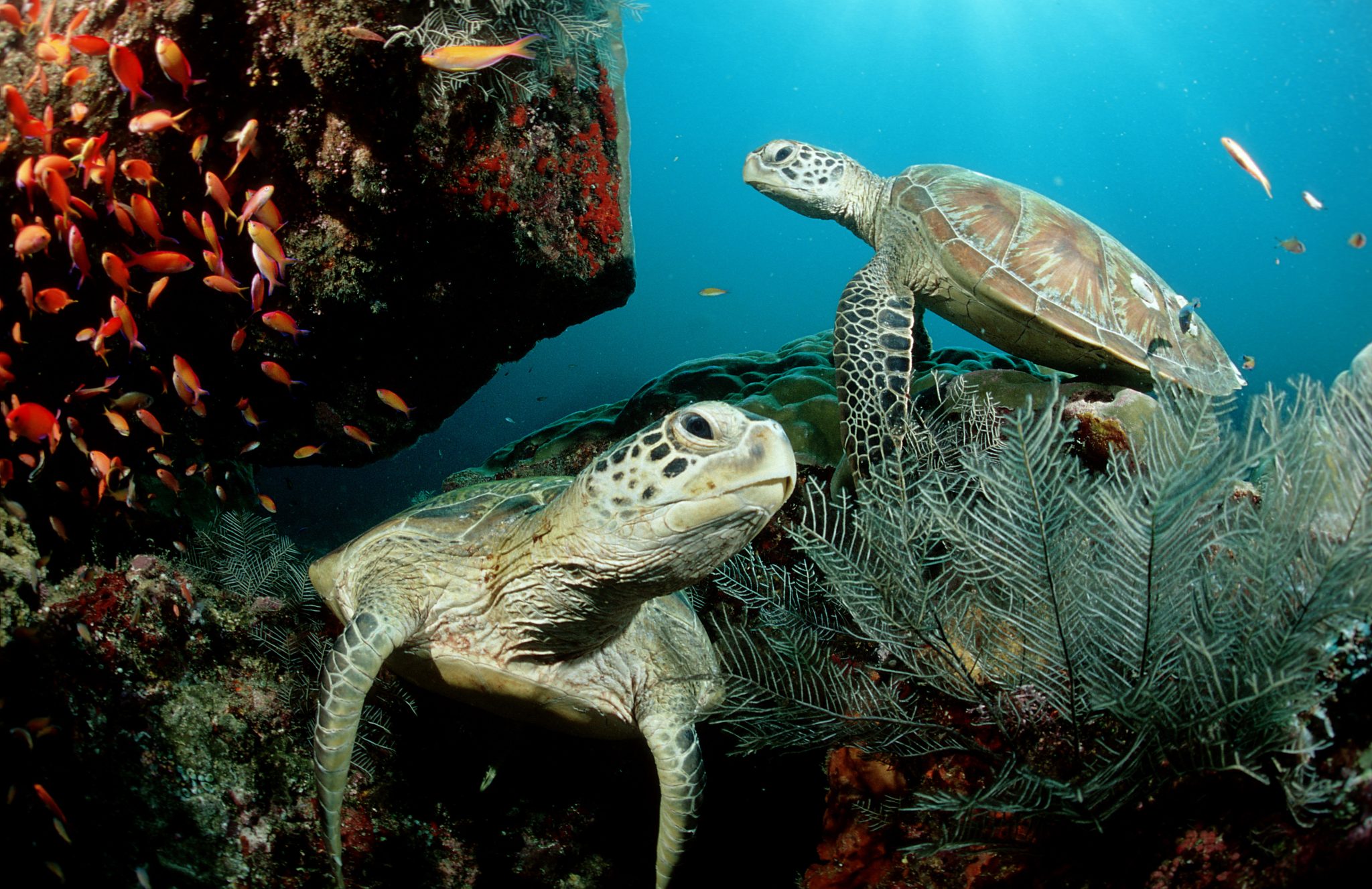

Overview
Fact File
| Capital | Kuala Lumpur is the national capital and Putrajaya is the administrative capital |
| Population | 32.7 million |
| Languages | Malay, English |
| Time | GMT+8 |
| International Dialling Code | +60 |
| Currency | Malaysian Ringgit (MYR/RM) |
| Tourist Board | |
| International Airports | Kuala Lumpur International Airport (KLIA), Kota Kinabalu (BKI), Melaka (KKZ), Sultan Abdul Aziz Shah (SZB), Penang (PEN), Kuching (KIA) and Langkawi (LGK) |
About The Diving
The water temperature is 27°C to 32°C year round, with visibility from 10-60m. The best diving conditions are May-September in both regions.
The east coast of Peninsula Malaysia has numerous islands offering easily accessible reefs with calm, warm waters suitable for all experience levels. The islands are an ideal place for learning to dive with many sites shallow, protected and with plenty of interest. The west coast of Peninsula Malaysia has diving in Pulau Payar Marine Park. The reef here is shallow with little current and is accessible by day boat trips from Langkawi Island, north of Penang.
Sabah province in Malaysian Borneo has world class diving, Mabul is a muck diving paradise, Sipadan is rightly famous for its huge schools of fish and Layang Layang offers the chance to see large aggregations of hammerheads in the breeding season.
Video
Dive Highlights
Peninsula Malaysian sites:
Pulau Rendang
Rendang is one of the most popular islands in Malaysia. With excellent biodiversity, easy shore dives, coral gardens, great macro, deep and drift dives it offers something for every diver. The north has the best coral and fish life, while the south has muck diving options and also some sites suited to more experienced divers.
Perhentian Islands
The small archipelago has around 20 dive sites, with all the usual rich marine life of Southeast Asia. The sites here are in close proximity to each other making it easy to experience many of them in a short visit. Coral bommies, turtles sightings, staghorn gardens and the Sugar Wreck make for a diverting dive trip and scuba courses are easily available and well priced.
Pulau Tioman
Tioman is easily accessible by boat or air and has diving for all levels. There are over 20 dive sites, some like Pulau Renggis are directly off Tekek beach and feature vast gardens of hard corals, angelfish and turtles. Soyak is for wreck lovers, covered in life, it also makes a great night dive. Further offshore Labas has fascinating topography and swimthroughs and Pulau Chebeh has large gorgonians and occasional pelagics.
Tenggol
Tenggol is a less visited island and unlike some of the other islands off the east coast, it offers some more advanced diving with deeper walls and current. The underwater landscapes and untouched corals make this an excellent diving location very close to the mainland.
East Malaysian sites:
Sipadan and Mabul Island
Sipadan in East Malaysia is world famous for phenomenal biomass, the iconic schooling chevron barracudas, turtles, rays, pelagics, healthy coral reefs and impressive walls. In total contrast the nearby island of Mabul offers world class muck diving, a fantastic destination for macro photography and those hunting the unusual. The Seaventure platform 500m offshore from Mabul has amazing biodiversity including ornate ghost pipefish.
Lankayan
Pulau Lankayan has easy wreck diving, beautiful coral and muck diving all in one small area. The 30 or so sites offer a range of dive options, be it looking for mandarin fish and mimic octopuses or appreciating the wrecks and the schools of fish they attract. This is also the best place in Malaysia to see whale sharks between March and May.
Layang Layang
A remote ring of 13 coral atolls in the South China Sea, Layang Layang is a great location to spot mating aggregations of scalloped hammerheads between March and July. The walls here descend to 2000m. Festooned with gorgonians and sponges, they are a captivating sight if you can draw your eye away from the blue. The coral here is pristine and large schools of fish and pelagics are a common sight.
When To Go
The best time of year to visit is the dry season between April and October with good weather and visibility. Some islands and resorts are not accessible in the monsoon season November to March.

